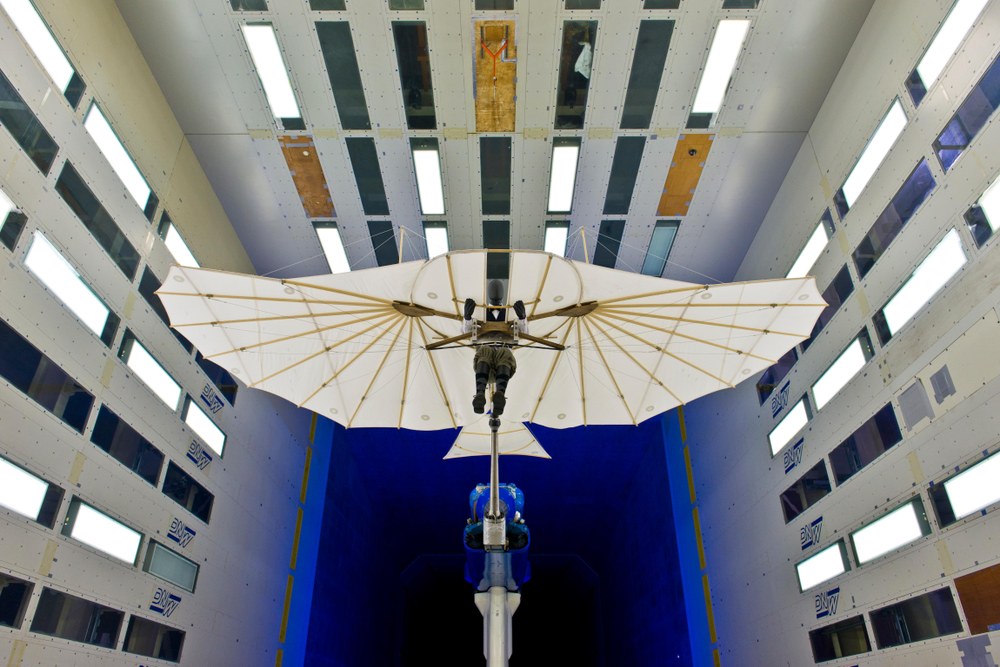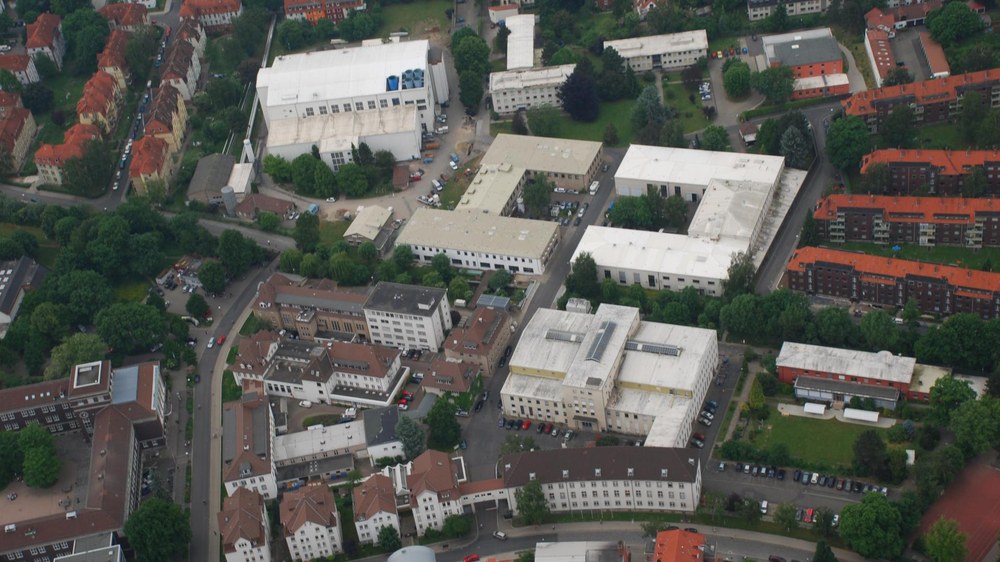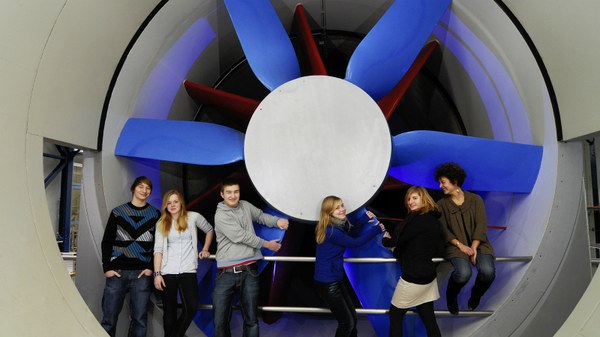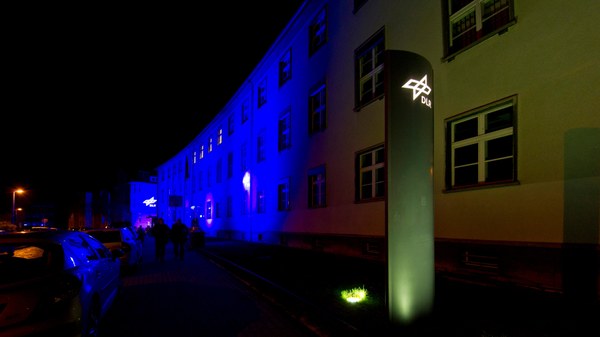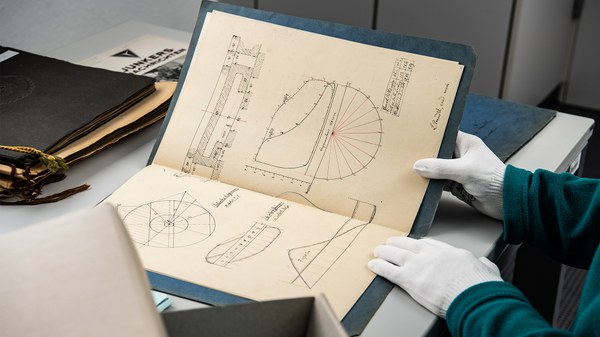Göttingen
Important foundations of modern aviation were researched in Göttingen. It was here that Ludwig Prandtl developed the boundary layer theory, Hans Joachim Pabst von Ohain tested the precursor of the first jet engine and researchers invented the swept wing, a prerequisite for high-speed cruising flight.
Unique wind tunnels and world-class measurement technology
Today, more than 20 wind tunnels and large-scale research facilities are available for experimental investigations. These include facilities that are unique worldwide, such as a catapult for research into high-speed trains. Together with the french Aeronautics and Space Research Center ONERA, DLR Göttingen operates the largest mobile ground vibration test facility in Europe. DLR Göttingen is a global leader in the field of optical methods for flow measurement.
Every year, the DLR_School_Lab Göttingen takes thousands of pupils on a journey into the fascinating world of aeronautics.
DLR site Göttingen
German Aerospace Center (DLR)
Bunsenstrasse 10
37073 Göttingen
Germany
How to find us
Images
